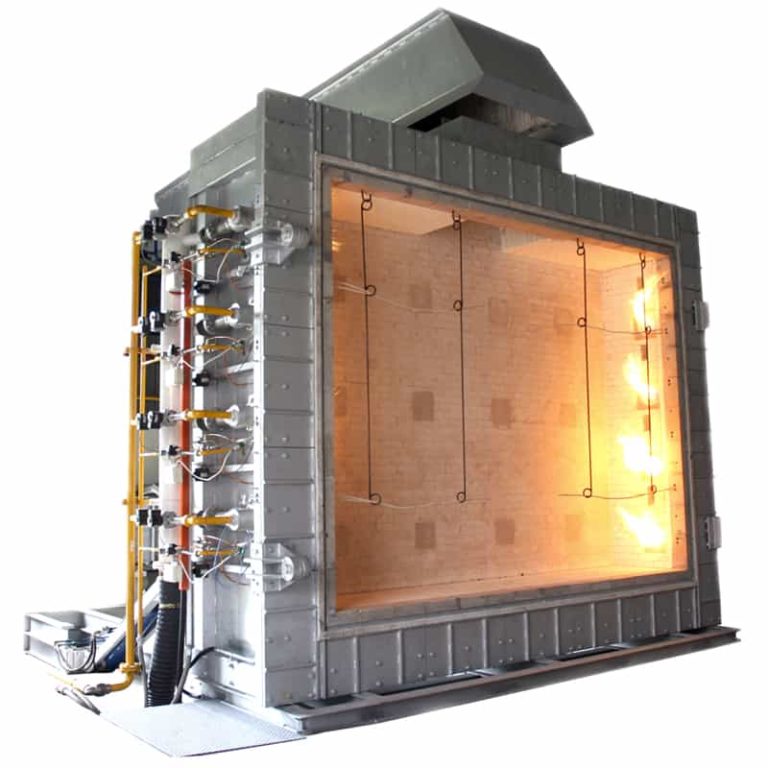




There are six main types of fire suppression systems that are installed based on the nature of the industry.

Wet sprinkler suppression systems are an effective way of preventing and controlling fire hazards and providing safety to residential, commercial, and industrial dwellings. It utilizes a network of pipes that are filled with water and are connected to a reliable water source. These pipes are equipped with special sprinkler heads which are designed to detect a rise in temperature and activate automatically to spray water over the affected area. This helps to reduce the burning of combustible materials and minimize the spread of flames, thereby limiting the damage caused by a fire.
A wet sprinkler system is composed of sprinklers linked to a piping system that is connected to a water source. Upon activation, the sprinklers discharge the water, but only from those that have been set off by the heat of the blaze.

This particular type of sprinkler system is a system with pipes that are filled with compressed air or nitrogen instead of water. This type of system is commonly installed in areas that have freezing temperatures, where the piping could be susceptible to freezing. This type of system is activated by a heat-sensitive element that will allow the air or nitrogen to be released, thus allowing the water to flow through the piping and activate the sprinkler heads.
A dry-pipe sprinkler system utilizes automatic sprinklers connected to a pipe network filled with nitrogen or air under pressure. When the pressure is released, only the sprinklers triggered by the heat will disperse water from the piping system.

In places where regular extinguishing systems are inadequate, special mechanisms are set up to detect and put out ignition sources. Special hazards can be found in a variety of places, including but not limited to: areas with expensive or irreplaceable equipment, unique assets (museums, archives, art galleries, records storage), and any place where the value of the function or revenue outstrips the worth of the equipment.
Examples of such locations are data centers, telecommunications, power generation, manufacturing and testing facilities, machinery spaces, and healthcare facilities. These areas pose a difficult challenge when it comes to fire protection. Ordinary alarms and sprinkler systems may not be enough, so special protection offers alternative solutions.

A dry chemical suppression system extinguishes flames using a powder-based agent that disrupts the chemical reaction sustaining combustion. By breaking this chain reaction, the system effectively halts further spread and damage.
When paired with a proper detection system, pressurized dry chemicals can be deployed to suppress hazards before they even become visible, offering proactive protection against significant damage.

Gaseous suppression systems can be replaced with gas-powered extinguishers. These systems are designed to reduce the risk of combustion by quickly and effectively cutting off the oxygen supply to the burning area. They are cost-effective, easy to install and maintain, and provide an effective and reliable method of protection.
A non-flammable gas, carbon dioxide, is widely used as an extinguisher in places where there are no people present. CO2 has the capacity to put out the blaze without leaving any hazardous residue behind.

Evidence has demonstrated that foam suppression systems can quickly put out combustion of flammable liquids.
A foam suppression system is an efficient and effective method of extinguishing large-scale blazes in a short amount of time. It utilizes both water and a foaming agent, which is made up of air-filled bubbles that are less dense than water and consists of foam concentrate, water, and air. The foam separates the fuel from the oxygen and smothers the surface of the fuel to prevent reignition via flammable vapors.
The foam and water are mixed in the piping system and the mixture is then discharged through a nozzle. This type of system is commonly used in areas that involve flammable or combustible liquids, such as aircraft hangars, warehouses, marine applications, and processing areas. There are three types of foam: low, medium, and high expansion, which vary in terms of expansion rate. Each offers its own level of protection.
The benefits of foam suppression systems include efficiency and minimal environmental impact, and they are typically more cost effective. However, considerations should be made before installing a foam system, such as access to an extensive water supply and the need for additional drainage for cleanup.
Protected by Security by CleanTalk